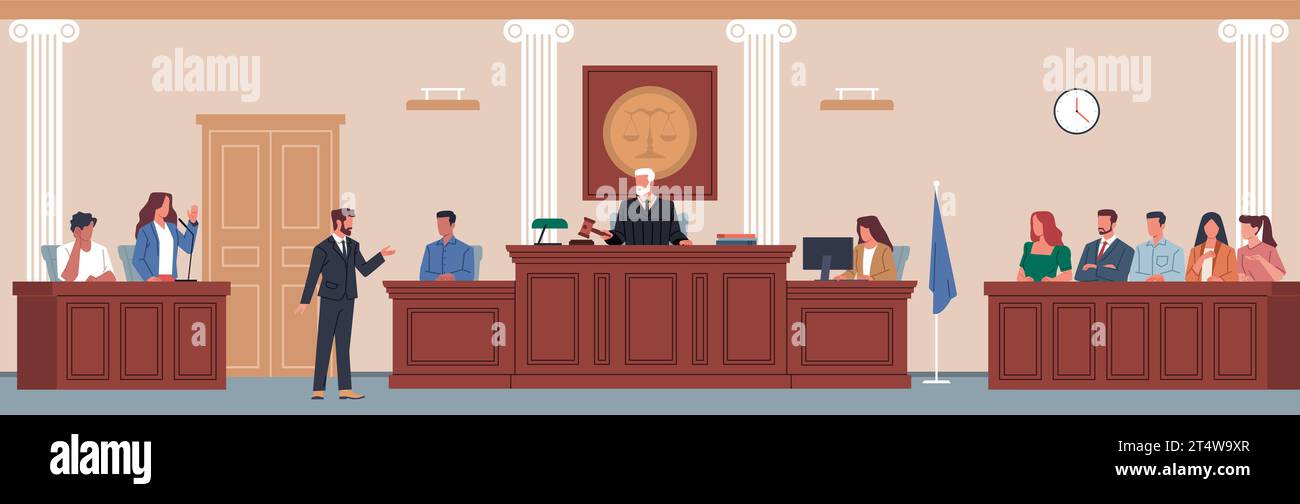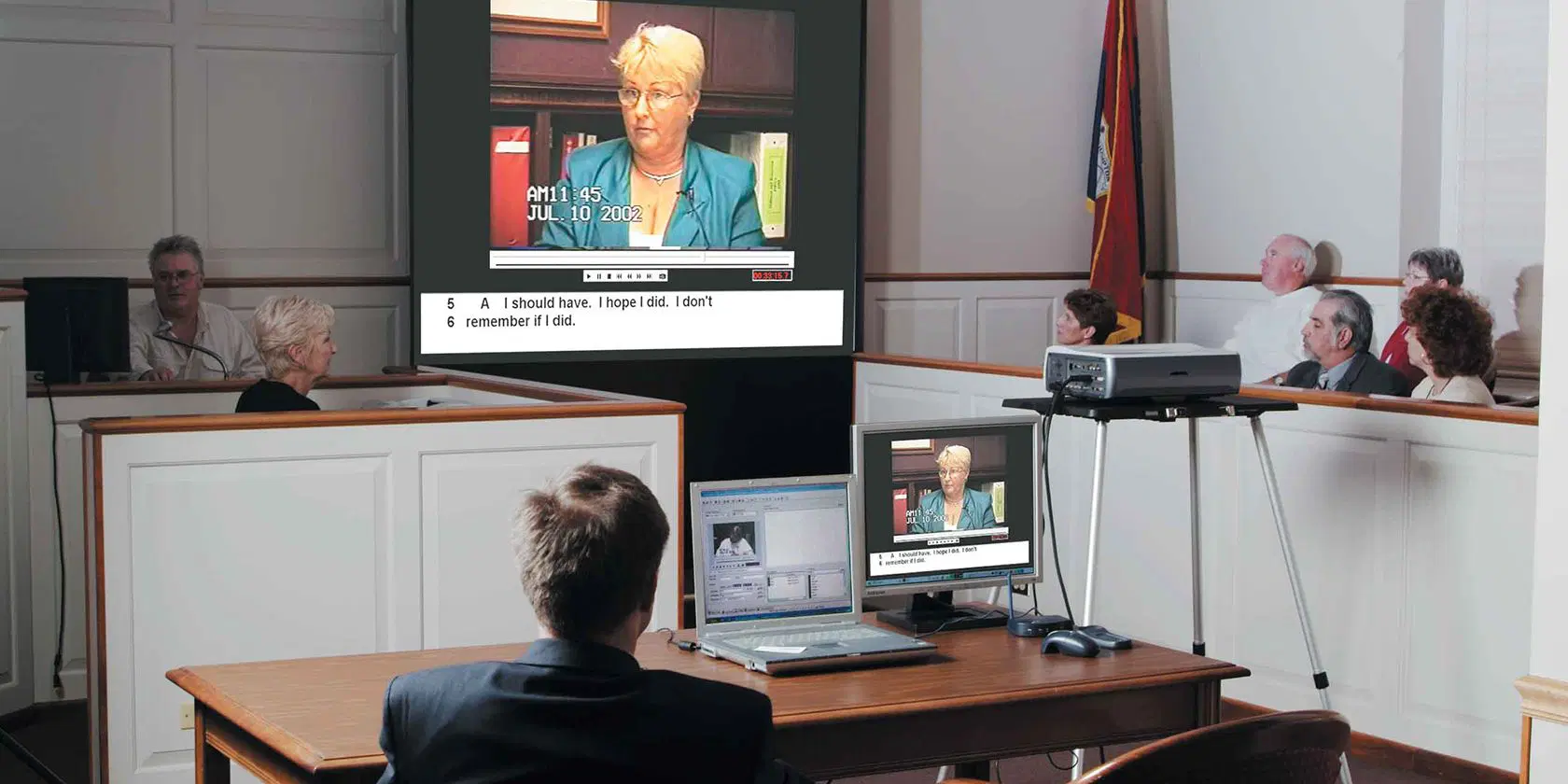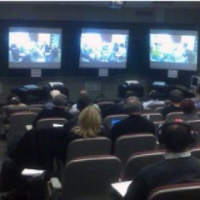Trial Presentation Simplifying Complex Evidence for Jury Understanding
Trial Presentation Simplifying Complex Evidence for Jury Understanding
Blog Article
Opening the Secrets of Successful Trial Presentations: A Detailed Strategy
In the realm of legal practice, the efficiency of trial discussions can often establish the result of a case. A thorough technique that includes recognizing the target market, crafting compelling narratives, and employing efficient shipment methods is necessary for lawyers intending to make an enduring influence. By purposefully customizing discussions and using aesthetic aids, one can simplify complex legal debates and boost involvement. The subtleties of preparing for uncertain inquiries and preserving composure require more expedition, as they are vital to mastering the art of persuasion in the courtroom.
Recognizing Your Target Market
Understanding your target market is an important component of supplying a successful test presentation. Recognizing who will be receiving the details enables speakers to tailor their approach successfully, making sure that the message reverberates with jurors, judges, and various other stakeholders. This involves not just recognizing their group qualities yet also recognizing their values, ideas, and potential predispositions that might affect their understandings.
Study indicates that jurors commonly bring personal experiences and presumptions into the court. Consequently, it is necessary to engage with them on a relatable level, offering arguments that align with their point of views while at the same time testing them professionally. The capacity to anticipate their concerns and concerns can substantially enhance the persuasiveness of the presentation.
Moreover, a reliable test presentation needs an understanding of the jurors' focus periods and cognitive handling designs. Presenters ought to intend to simplify complicated lawful principles and make use of visual aids that help with understanding. By leveraging this target market understanding, lawyers can build a story that is not just compelling however also memorable, eventually directing jurors toward a positive decision. Adapting communication strategies to fit the audience is not merely advantageous; it is essential for success in the courtroom.
Crafting Engaging Narratives

To produce an effective narrative, lawyers need to begin by determining the core message they want to convey (trial presentation). This message should be clear and regular, permitting jurors to comply with the story without confusion. Incorporating relatable personalities, brilliant descriptions, and emotional arcs can significantly boost the story, making it extra unforgettable and influential
Additionally, it is vital to provide the narrative in a logical series. Using chronological order or thematic company can help jurors grasp the unraveling events and their implications. Lawyers ought to additionally be conscious of the pacing, guaranteeing that key minutes receive ideal emphasis while maintaining the general flow of the discussion.
Eventually, an engaging narrative can link the space in between legal intricacies and human experiences, enabling jurors to get in touch with the situation on both intellectual and emotional levels. This link can dramatically affect their deliberations and the last outcome of the test.
Visual Aids and Technology
Efficient usage of visual help and technology can substantially enhance trial discussions, providing jurors with clear and appealing depictions of complicated details - trial presentation. By incorporating well-designed graphes, graphs, and pictures, lawyers can boil down elaborate information right into digestible styles that facilitate understanding. Such visual aspects offer not only to show bottom lines but likewise to enhance the story established during the test
Moreover, innovation can boost interactivity, enabling real-time presentations or simulations that can clearly show events or scenarios pertinent to the situation. Devices such as video clip proof, interactive timelines, and 3D models can bring a sense of realistic look that fixed presentations lack. These improvements not just record attention but likewise aid in memory retention, making sure that jurors can remember essential details during deliberation.
Overloading jurors with excessive details or excessively complicated visuals can lead to confusion instead than clearness. Instead, a strategic option of pertinent visuals, combined with concise descriptions, can produce a much more persuasive and impactful discussion.
Efficient Delivery Strategies
A lawyer's delivery strategies can dramatically influence basics the influence of check it out their test presentations. To develop credibility and involve the jury, lawyers should master different delivery approaches. Key amongst these methods is maintaining eye call, which promotes a connection with jurors and improves the persuasiveness of the argument. Furthermore, the attorney's voice inflection-- varying pitch, tone, and quantity-- can emphasize crucial points and convey emotion, making the discussion a lot more compelling.
Body language likewise plays a critical role. trial presentation. Positive stance and purposeful gestures strengthen the talked word, while staying clear of distracting motions can keep the jury focused on the message. Pauses, tactically made use of, permit jurors to soak up complex information and create anticipation of what adheres to
In addition, a lawyer should tailor their delivery to the audience, taking into consideration factors such as juror demographics and case specifics. This personalization helps guarantee that the message resonates much more deeply. Finally, rehearsing the presentation in front of peers can provide important feedback on delivery style, enabling refinements that enhance effectiveness. By sharpening these distribution strategies, lawyers can substantially raise their trial discussions and boost their chances of success.
Getting Ready For Q&A Sessions
Mastering distribution strategies lays a strong foundation for a lawyer's effectiveness in test discussions, but similarly important is the prep work for Q&A sessions that commonly follow. Reliable preparation for these sessions makes index certain that attorneys can resolve concerns with confidence and persuasively, strengthening their arguments and preserving trustworthiness.


To prepare, attorneys need to expect potential inquiries from jurors, opposing guidance, and courts. This entails a detailed evaluation of situation products and understanding the opposing debates. Creating a list of possible inquiries aids in establishing specific, concise responses that directly deal with the worries increased.
In addition, lawyers should exercise their actions, either via mock Q&A sessions or by involving associates for feedback. This method not only boosts confidence yet additionally assists refine distribution and tone, ensuring clearness under stress.
Conclusion
In final thought, effective trial presentations pivot on a complex method that includes a deep understanding of the target market, the growth of compelling narratives, and the critical usage of visual aids and innovation. Reliable distribution techniques and complete prep work for expected inquiries further improve the discussion's effect. By incorporating these components, lawyers can considerably enhance their capacity to connect influential debates, ultimately affecting juror understanding and decision-making in the courtroom.
Report this page